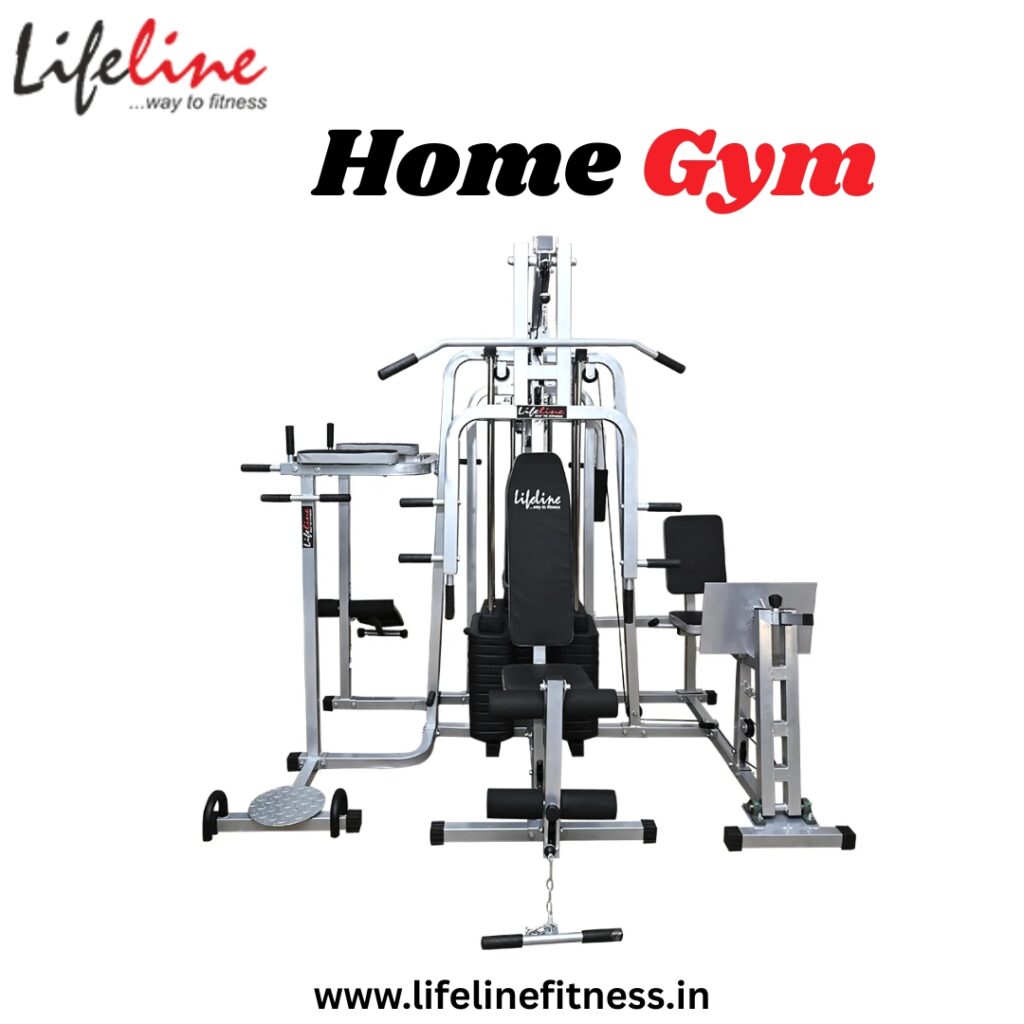Maintaining a regular fitness routine can be challenging, especially with busy schedules and limited access to gyms. That’s why many people are turning to a home gym as a convenient and effective solution. A home gym allows you to exercise anytime without commuting, crowded spaces, or waiting for equipment. Whether you want to lose weight, build muscle, or improve overall health, having a dedicated space for workouts at home can make a big difference.
This guide explores everything you need to know about setting up and using a home gym, including benefits, essential equipment, design tips, and how to stay motivated.
Why Choose a Home Gym?
The primary advantage of a home gym is convenience. You don’t have to drive anywhere or pay for a gym membership. This ease of access encourages consistency, which is vital for achieving fitness goals. A home gym also gives you privacy, allowing you to exercise comfortably at your own pace without feeling self-conscious.
Another important benefit is cost-effectiveness in the long run. While the initial investment for equipment can vary, over time, you save money compared to monthly gym fees. Plus, you gain the flexibility to tailor your workouts exactly to your preferences.
Essential Equipment for a Home Gym
The type of equipment you need depends on your fitness goals, space, and budget. For general fitness, basic items like dumbbells, resistance bands, and a yoga mat can cover strength training and flexibility exercises. A cardio machine, such as a treadmill, stationary bike, or rowing machine, is useful for improving heart health and burning calories.
If you want to focus on strength training, consider adding adjustable weight benches, barbells, kettlebells, and pull-up bars. For smaller spaces, compact and multi-use equipment like foldable benches or resistance systems can save room while providing effective workouts.
Choosing durable, quality equipment will ensure safety and longevity. It’s helpful to start with what you need most and gradually expand your collection as your fitness level improves.
Designing Your Home Gym Space
When creating a home gym, space planning is essential. Even a small corner or spare room can be converted into a functional workout area. Prioritize good ventilation and natural light if possible, as fresh air and brightness can boost energy and motivation.
Flooring is another important consideration. Soft mats or rubber tiles can protect your floors, reduce noise, and provide cushioning during workouts. Mirrors can help monitor form and technique, reducing the risk of injury.
Organizing equipment neatly and keeping the space clutter-free will make workouts more enjoyable and encourage regular use. Adding a speaker system or TV for workout videos can further enhance your exercise sessions.
Benefits of Exercising at Home
Working out in a home gym provides numerous physical and mental benefits. Regular exercise helps improve cardiovascular health, builds strength and flexibility, aids weight management, and boosts energy levels. Additionally, exercise releases endorphins, which help reduce stress and improve mood.
Home workouts can be adapted to your schedule, making it easier to stay consistent. You can choose the type of exercise that suits you best—whether it’s yoga, HIIT, strength training, or cardio—and change routines as needed to keep things fresh and engaging.
How to Stay Motivated Using Your Home Gym
One of the challenges of a home gym is staying motivated without the social environment of a commercial gym. Setting specific goals, such as increasing weights or improving endurance, can help maintain focus.
Creating a workout schedule and treating exercise like an appointment increases the likelihood of sticking with it. Tracking progress through apps, journals, or photos can also provide encouragement.
Finding online fitness classes or workout videos can offer guidance and variety, making workouts more interesting. You might even consider working out with family or friends virtually to add a social element.
Safety Tips for Home Gym Workouts
Safety is key when exercising at home. Before starting, make sure to warm up properly to reduce the risk of injury. Use equipment as instructed and don’t lift weights beyond your ability.
Keep your workout area free from obstacles and ensure adequate lighting. If you are new to exercising or have health concerns, consult a healthcare professional or fitness expert before beginning a new routine.
Regularly inspect your equipment for wear and tear to prevent accidents. Listening to your body and resting when needed will help avoid overtraining and injuries.
Conclusion
A home gym offers a flexible, private, and cost-effective way to stay active and healthy. With the right equipment, space design, and mindset, you can create a workout environment that supports your fitness journey. Whether you are a beginner or experienced athlete, investing time and effort in a home gym can lead to lasting health benefits and improved quality of life.
Building a home gym not only saves time and money but also empowers you to take control of your fitness routine. Start small, stay consistent, and watch your health and wellness improve day by day.

